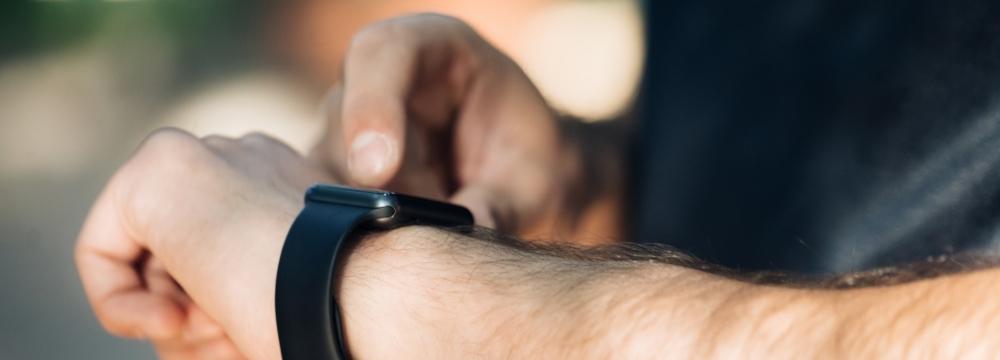Practical, but Flawed – How to Approach Readings From a Wearable EKG
October 13, 2022

Several technology manufacturers, even Apple, now have EKG-style devices that can monitor your heart rhythm and let you know when they detect what could be an irregular heartbeat or arrhythmia. This new generation of devices has democratized heart rhythm detection, for better or worse. Let’s discuss.
On the one hand, when used appropriately, wearable technologies can offer an early signal of an arrhythmia that may otherwise be ignored by the patient who believes it is just an anomaly or has lived with the condition for so long that the arrhythmia has become routine. This, of course, could be very useful, as cardiac arrhythmias like Atrial Fibrillation (Afib) are progressive disorders – they only worsen over time if left unchecked. However, early treatment is usually far more effective than waiting until the condition has progressed.
The Benefits of Wearables
As you’ve undoubtedly read, most arrhythmias begin as paroxysmal or occasional. This means the arrhythmia is not always detectable, even at your primary care physician’s office. Most frustratingly, there is no reason for the timing or severity of subsequent episodes. We know that Afib is a progressive condition, and the next attack may be worse than the last. To that end, patients who believe they have an arrhythmia can address some of their concerns by utilizing a wearable EKG while waiting for a comprehensive diagnosis by a qualified electrophysiologist.
The Considerations of EKG Wearables
The potential information benefits of wearables are significant, and the physical risks to the patient are very low. However, there are some considerations that patients must understand when opting for a wearable EKG.
Wearables can offer an overwhelming amount of data. This can not only cause unnecessary concern to the patient but can also overwhelm their medical team. If the patient is constantly worried about an arrhythmia, they may seek continual care from their doctors even if the irregularity is a false positive or a normal variation in their heartbeat. It is difficult to ignore this device, even if it is admittedly less accurate than electrophysiologists’ advanced diagnostic tools.
The Bottom Line
In today’s world, the line between too little and too much information has blurred, and our discussion about wearables today is one area in which the availability and simplicity of potentially diagnostic tools is a double-edged sword. We believe knowledge is better than ignorance regarding cardiac arrhythmias, especially Afib. However, we implore anyone using a wearable for Afib detection to understand its limitations and know that it is not FDA-approved for that specific purpose. Instead, it should be used as a jumping-off point for a proper diagnosis from your electrophysiologist. Please use your wearables with caution and of course, feel free to contact our office if you have any questions about arrhythmias or if your wearable has alerted you to the possibility of an irregular heartbeat.


